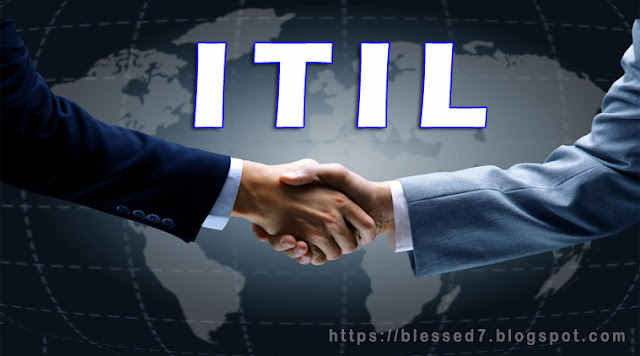What is ITIL?
ITIL (IT Infrastructure Library) consists of 6 sets: Service Support; Service Delivery; Planning to Implement Service Management; ICT Infrastructure Management; Applications Management; The Business Perspective. Within these a variable number of very specific disciplies are described.
ITIL consists of a series of books giving guidance on the provision of quality IT services, and on the accommodation and environmental facilities needed to support IT. ITIL has been developed in recognition of organisations' growing dependency on IT and embodies best practices for IT Service Management.
The ethos behind the development of ITIL is the recognition that organisations are becoming increasingly dependent on IT in order to satisfy their corporate aims and meet their business needs. This leads to an increased requirement for high quality IT services.
ITIL: Overview and Benefits
ITIL provides a systematic and professional approach to the management of IT service provision. Adopting its guidance offers users a huge range of benefits that include:
reduced costs
improved IT services through the use of proven best practice processes
improved customer satisfaction through a more professional approach to service delivery
standards and guidance
improved productivity
improved use of skills and experience
improved delivery of third party services through the specification of ITIL or ISO 20000 as the standard for service delivery in services procurement's.











